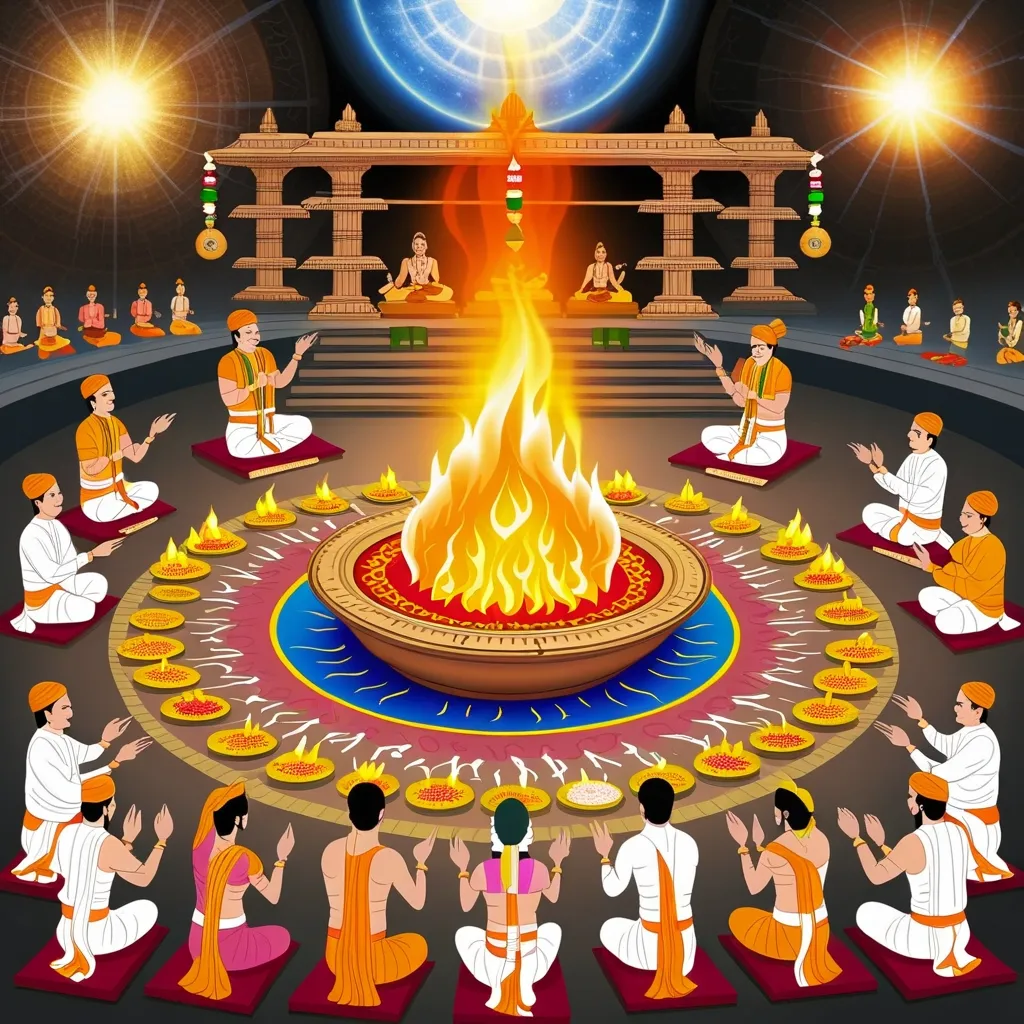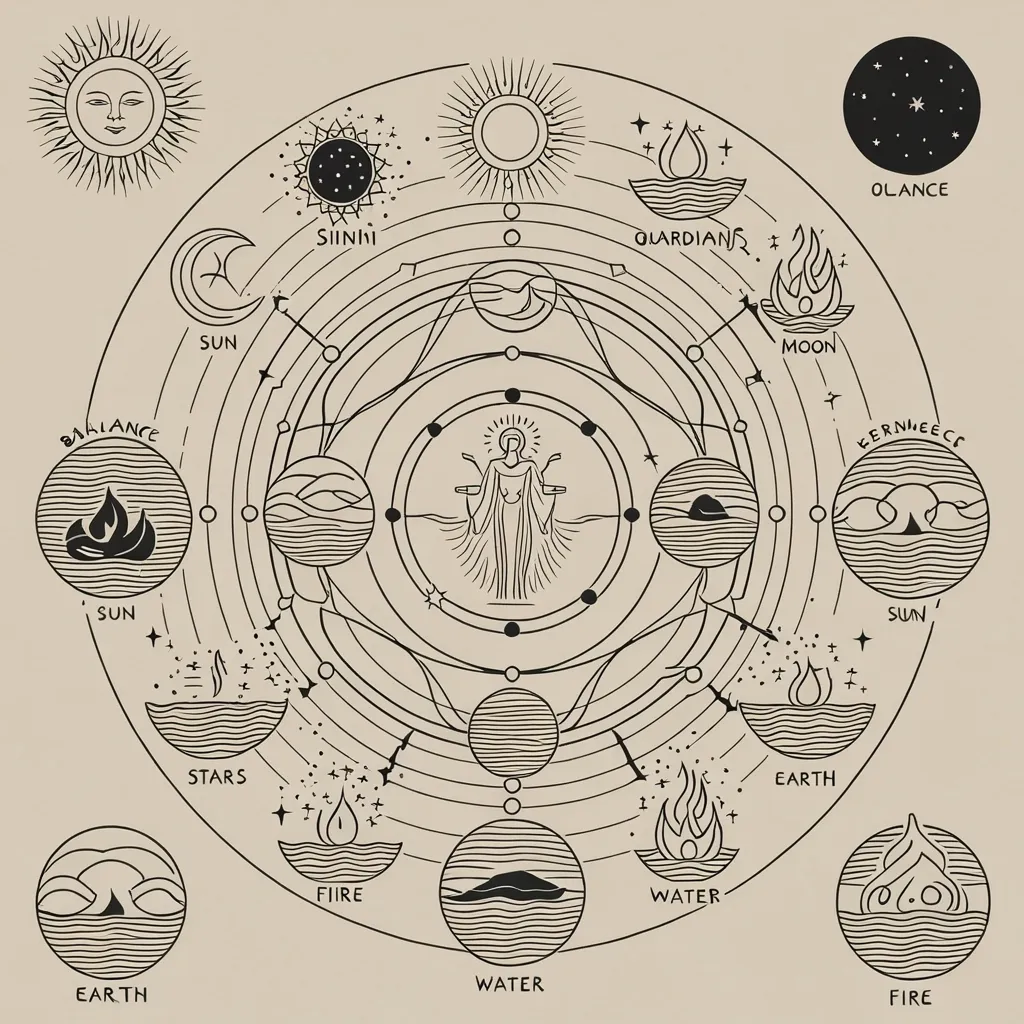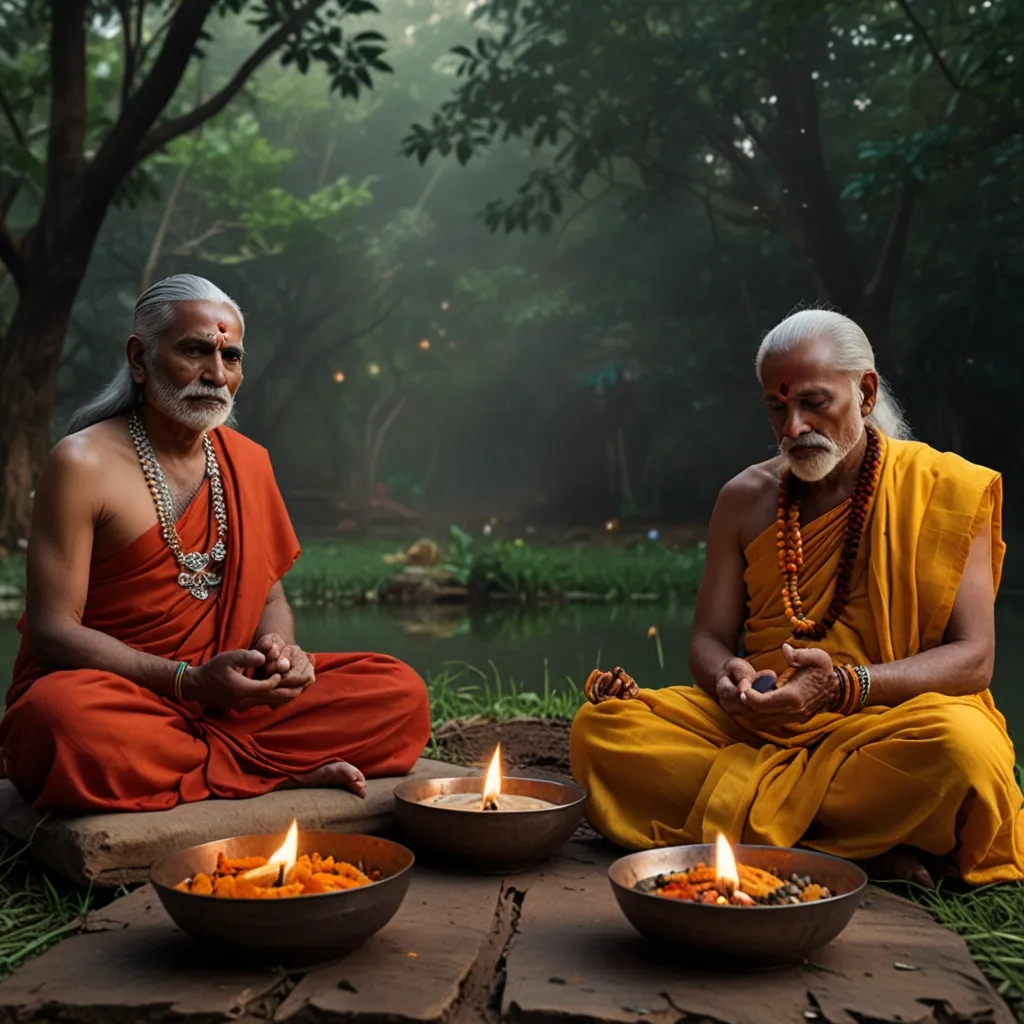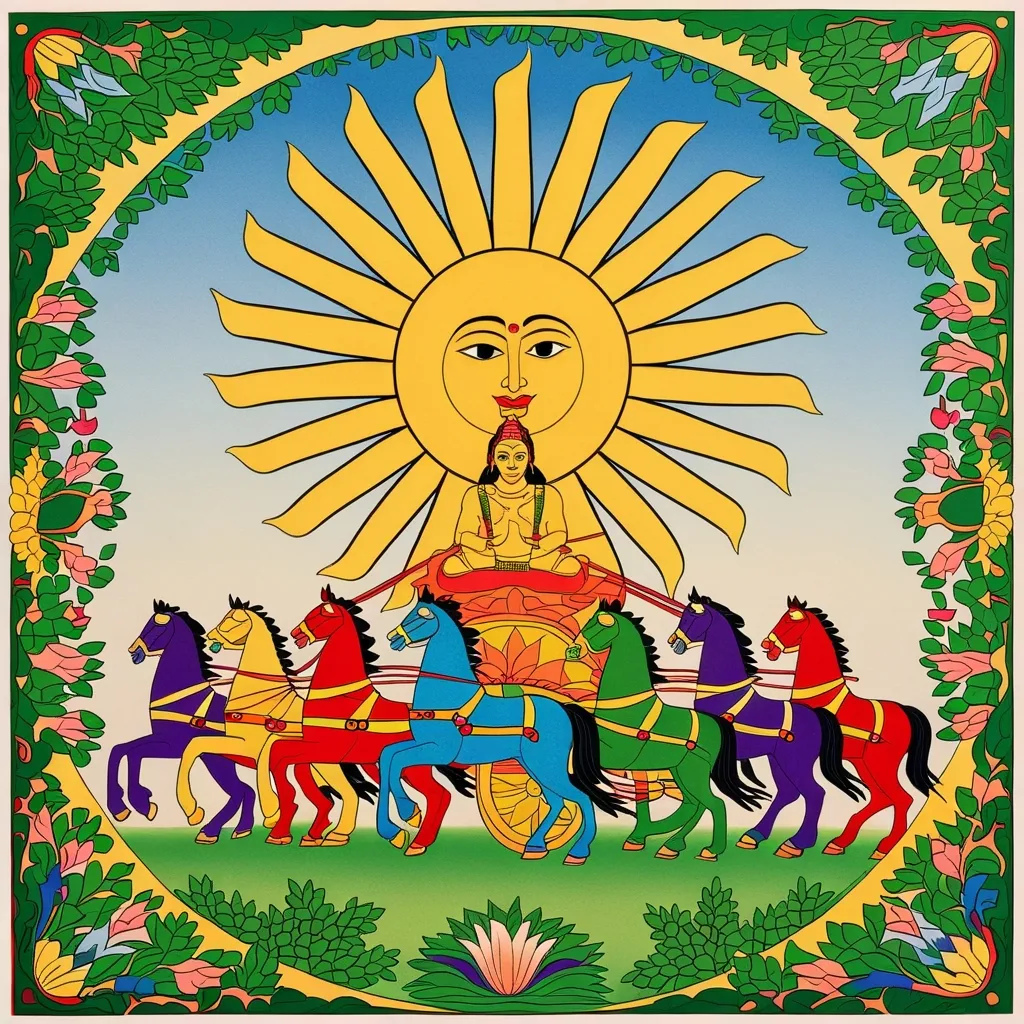In the grand maze of Hindu philosophy, the Katha Upanishad stands out like a shining star. This ancient text, nestled in the Krishna Yajurveda, digs deep into the mysteries of life, death, and the quest for immortality. The story centers on a young boy—Nachiketa—and his bold journey to meet Yama, the god of death. Their interaction lays the foundation for some of the most powerful spiritual insights known to seekers for centuries.
Imagine being just ten years old and receiving a cryptic duty from your father, a revered sage named Vajasravasa, in a moment of frustration. That’s how Nachiketa’s incredible journey begins. Vajasravasa, after realizing his mistake, tries to perform a ritual to bring his son back, but Nachiketa’s hunger for true knowledge steers him to stay with Yama, determined to learn the secrets of life and death.
Impressed by Nachiketa’s unwavering spirit, Yama grants him three boons. The first two benefit his father’s well-being and his own understanding of rituals. But it’s the third boon—asking Yama to unveil the mystery of death and immortality—that becomes a game-changer. This question opens the floodgates to Yama’s profound teachings.
Yama kicks things off by breaking down the concept of death. He paints death not as an end, but as a transformation. Think of the human body like a city with eleven gates connecting it to the universe. This body may perish, decay, and die, but the soul, or Atman, remains untouched and eternal. It’s like the body is merely a vehicle for the soul’s endless journey.
When the body dies, the Atman doesn’t just vanish. Rather, it migrates to a new body, laden with the karma from past actions. This endless cycle of birth, death, and rebirth repeats until the soul achieves Moksha, or liberation. Death is merely a transition, a change in form, and once Moksha is attained, that cycle is broken.
Yama emphasizes that the path to immortality lies in realizing the true nature of the Atman. Life presents two roads: Shreya or the path of good, and Preya or the path of the pleasant. Choosing the former leads to self-realization and liberation, while the latter drags one down the rabbit hole of worldly comforts and sensory indulgences. It’s a familiar tale—good vs. easy—and Nachiketa is lauded for his wise choice of the former.
Understanding that the Atman is different from the body, mind, and intellect is key. While our physical and mental attributes are ever-changing and fragile, the Atman stands unmoved and eternal. This revelation is central to following the path of good and achieving true immortality.
Self-restraint and mindfulness are equally vital in this journey. Yama uses a brilliant metaphor to describe the turbulent human mind and senses. Imagine life as a chariot with the mind as an unruly horse, and the senses as wild steeds pulling in different directions. Only through a disciplined mind and controlled senses can one steer this chariot towards immortality.
Practicing self-restraint and mindfulness is essential to controlling our mind and senses, thus paving the way for spiritual growth. Achieving calm, tranquility, and focus brings one closer to understanding the eternal Atman.
Yama also sheds light on the roles of yoga and meditation. Far from just physical exercises, these are profound mental and spiritual disciplines that help control the mind and senses, pushing us towards self-realization and ultimately, immortality. Detaching from worldly desires and tuning into the eternal nature of the soul is made possible through dedicated yoga and meditation practices.
Our actions—our karma—play a dramatic role in shaping our destiny beyond death. Good deeds might lead to rebirth in loftier realms, while bad actions lead to suffering. But worldly desires, irrespective of our actions, bind the soul to the cycle of rebirth. True liberation or Moksha is achieved by recognizing the Atman’s true nature and freeing ourselves from these worldly bonds.
Yama flips the script on the concept of death, urging Nachiketa to view it as a teacher rather than a foe. Reflecting on death fosters a deeper appreciation for life, driving us to seek wisdom and live righteously. Death reminds us of life’s fleeting nature and pushes us to chase eternal knowledge, keeping spiritual growth front and center.
The Katha Upanishad hammers home the idea that the soul is eternal, untouched by birth or death. This Atman isn’t spooked by mortality; it’s been around even before the universe came to be. Everything—from the sun to the gods to the minutiae of nature—rests in it. Recognizing this eternal nature of the soul brings a sense of calm, patience, inner peace, and freedom, making one immune to life’s ups and downs.
The text also delves into the intriguing concept of unity and non-duality. The individual self (Atman) isn’t separate from the rest or from nature and spirit. Everything is one and the same, and this non-dualistic view invites a profound sense of oneness. While some scholars, like Shankara, support this idea of a singular Atman, others like Ramanuja argue for theistic dualism, proposing a more divided interpretation.
The Katha Upanishad serves up timeless wisdom on death and immortality, guiding readers through self-realization and spiritual enlightenment. It reiterates that true immortality doesn’t mean defying physical death but rather understanding the eternal Atman. This insight opens doors to peace, freedom, and unity with the ultimate reality.
In navigating the twists and turns of life and the inevitable dance with death, the Katha Upanishad stands as a guiding light. Its teachings are as relevant now as they were centuries ago, showing seekers the way towards immortality and liberation. The journey of Nachiketa and the wisdom of Yama offer a beacon of knowledge, illuminating the path to true spiritual awakening.






